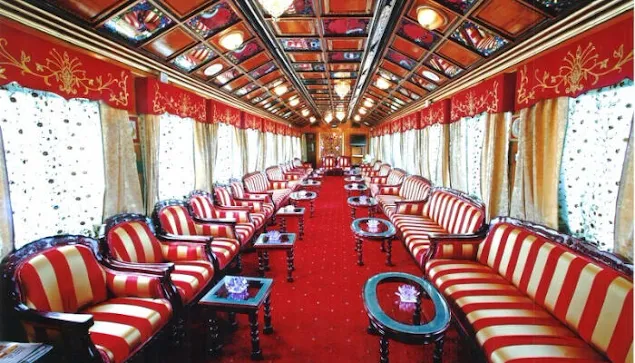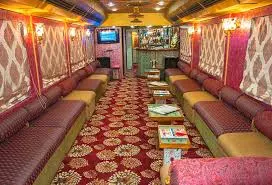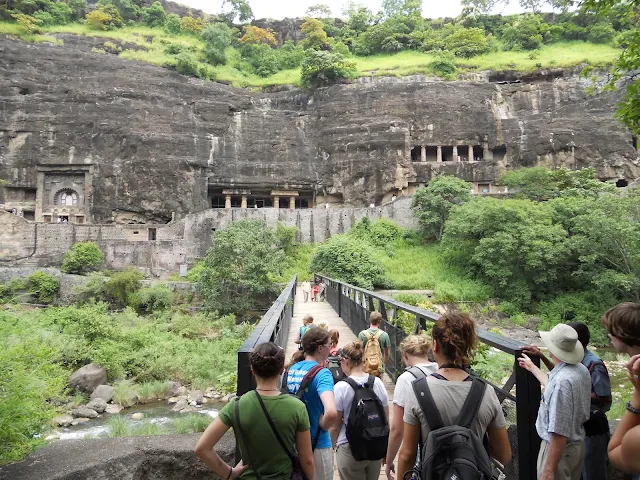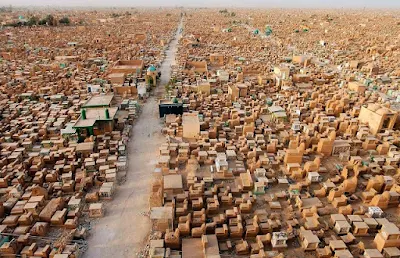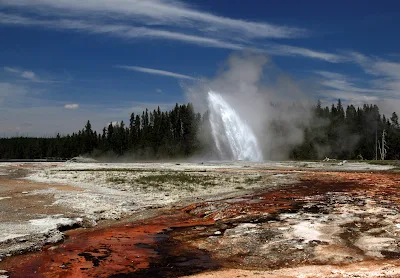The Genghis Khan Equestrian Statue is dedicated to founder of the Mongol Empire, which became the largest contiguous empire in history after his death. Genghis Khan Statue Complex is a 40 metre (131 ft 3 in) tall statue of Genghis Khan on horseback, on the bank of the Tuul River at Tsonjin Boldog (54 km (33.55 mi) east of the Mongolian capital Ulan Bator), where according to legend, he found a golden whip. The statue is symbolically pointed east towards his birthplace. It is on top of the Genghis Khan Statue Complex, a visitor center, itself 10 meters (32 ft 10 in) tall, with 36 columns representing the 36 khans from Genghis to Ligdan Khan. It was designed by sculptor D. Erdenebileg and architect J. Enkhjargal and erected in 2008.
Genghis Khan (c. 1162 – August 18, 1227), He came to power by uniting many of the nomadic tribes of Northeast Asia. After founding the Empire and being proclaimed "Genghis Khan", he launched the Mongol invasions that conquered most of Eurasia. Campaigns initiated in his lifetime include those against the Qara Khitai, Caucasus, and Khwarazmian, Western Xia and Jin dynasties. These campaigns were often accompanied by large-scale massacres of the civilian populations – especially in the Khwarazmian and Western Xia controlled lands. By the end of his life, the Mongol Empire occupied a substantial portion of Central Asia and China.
Before Genghis Khan died he assigned Ögedei Khan as his successor. Later his grandsons split his empire into khanates. He died in 1227 after defeating the Western Xia. He was buried in an unmarked grave somewhere in Mongolia. His descendants extended the Mongol Empire across most of Eurasia by conquering or creating vassal states in all of modern-day China, Korea, the Caucasus, Central Asia, and substantial portions of Eastern Europe and Southwest Asia. Many of these invasions repeated the earlier large-scale slaughters of local populations. As a result, Genghis Khan and his empire have a fearsome reputation in local histories.
Beyond his military accomplishments, Genghis Khan also advanced the Mongol Empire in other ways. He decreed the adoption of the Uyghur script as the Mongol Empire's writing system. He also practiced meritocracy and encouraged religious tolerance in the Mongol Empire, and unified the nomadic tribes of Northeast Asia. Present-day Mongolians regard him as the founding father of Mongolia.Although known for the brutality of his campaigns and considered by many to have been a genocidal ruler, Genghis Khan is also credited with bringing the Silk Road under one cohesive political environment. This brought communication and trade from Northeast Asia into Muslim Southwest Asia and Christian Europe, thus expanding the horizons of all three cultural areas.
Before Genghis Khan died he assigned Ögedei Khan as his successor. Later his grandsons split his empire into khanates. He died in 1227 after defeating the Western Xia. He was buried in an unmarked grave somewhere in Mongolia. His descendants extended the Mongol Empire across most of Eurasia by conquering or creating vassal states in all of modern-day China, Korea, the Caucasus, Central Asia, and substantial portions of Eastern Europe and Southwest Asia. Many of these invasions repeated the earlier large-scale slaughters of local populations. As a result, Genghis Khan and his empire have a fearsome reputation in local histories.
Beyond his military accomplishments, Genghis Khan also advanced the Mongol Empire in other ways. He decreed the adoption of the Uyghur script as the Mongol Empire's writing system. He also practiced meritocracy and encouraged religious tolerance in the Mongol Empire, and unified the nomadic tribes of Northeast Asia. Present-day Mongolians regard him as the founding father of Mongolia.Although known for the brutality of his campaigns and considered by many to have been a genocidal ruler, Genghis Khan is also credited with bringing the Silk Road under one cohesive political environment. This brought communication and trade from Northeast Asia into Muslim Southwest Asia and Christian Europe, thus expanding the horizons of all three cultural areas.
Visitors walk to the head of the horse through its chest and neck, where they have a panoramic view. The main statue area will be surrounded by 200 ger (yurts), designed and arranged like the pattern of the horse brand marks that were used by the 13th century Mongol tribes. The cost of the complex is reported to be US$4.1 million, spent by The Genco Tour Bureau, a Mongolian company.
The attached museum has exhibitions relating to the Bronze Age and Xiongnu archaeological cultures in Mongolia, which show everyday utensils, belt buckles, knives, sacred animals, etc. and a second exhibition on the Great Khan period in the 13 and 14th centuries which has ancient tools, goldsmith subjects and some Nestorian crosses and rosaries. Adjacent to the museum is a tourist and recreation center, which covers 212 hectares (520 acres).
Inside the two-story base of the statue, visitors can see a replica
of Genghis Khan’s legendary golden whip, sample traditional cuisine of
horse meat and potatoes, or play billiards. Visitors can ascend to the
exhibition hall using an elevator at the back of the horse and then walk
to the horse’s head passing through its chest and the back of its neck
from where they can have an excellent panoramic view over the complex
area and the scenery beyond.
The Chinggis Khan Statue is currently the biggest equestrian statue in the world.
For More Details-
The Chinggis Khan Statue is currently the biggest equestrian statue in the world.
For More Details-























